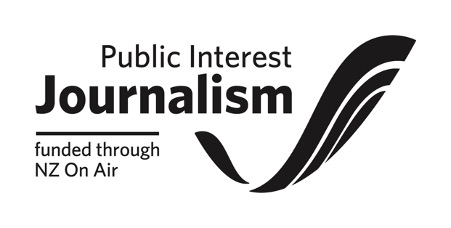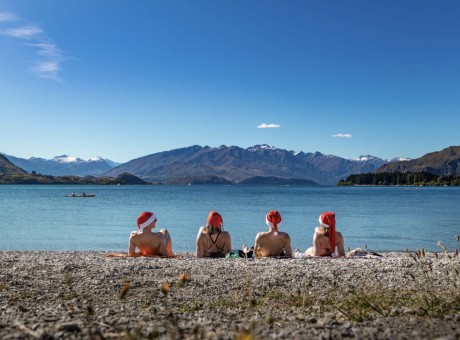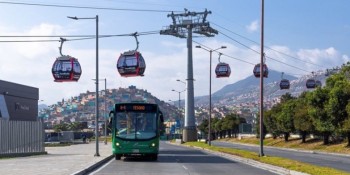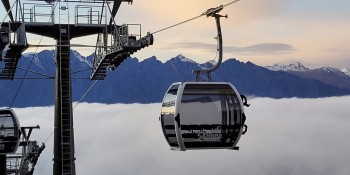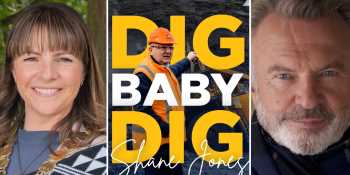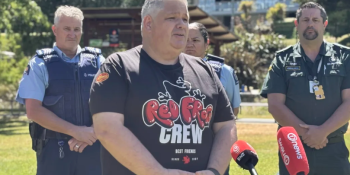Recycling tips to help the team at Queenstown's near-capacity sorting centre

As recycling rules were standardised across the country yesterday, Crux took a tour around the Wakatipu Recycling Centre to see what happens to yellow-binned items after collection.
According to Queenstown Lakes District Council's solid waste contracts manager Laura Gledhill, despite the changes, it is business as usual at the local centre, which has already been following the rules.
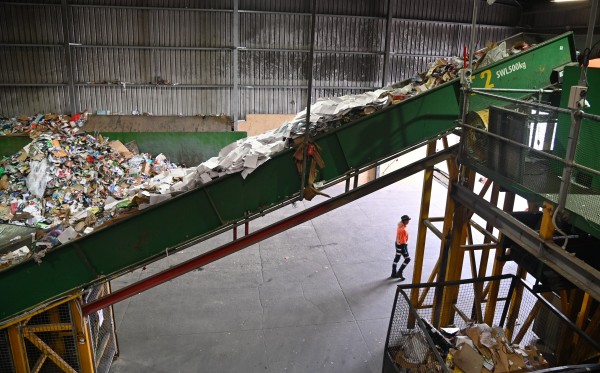
Approximately nine to 11 tonnes comes in every day, and it all goes up a conveyor belt, ready for sorting (Supplied: Queenstown Lakes District Council).
She says as much as 15 percent of recycling collected in the district has to be taken to landfill at an "expensive" cost to the ratepayer - most of it because it has been incorrectly disposed of.
So, what can be received?
- Plastics 1, 2 and 5 - there should be a recycling symbol on the package with a number inside. If not, leave it out
- Aluminium and steel tins and cans
- Paper and cardboard; but larger cardboard has to dropped directly at the centre
- All lids must be removed and are to be disposed of through the council roadside rubbish collection
- Milk and juice cartons (these aren't milk bottles) can't go into the yellow bin, but can be dropped at Wānaka Wastebusters
Vapes, kitchen knives, bubble wrap, takeaway coffee cups, and even garden rakes are all items regularly or recently received at the centre, but cannot be recycled.
To make the 'Can I recycle this?' conundrum easier to navigate, every material you can think of has been put into an A-Z list by the Queenstown Lakes District Council, which outlines how to responsibly dispose of it.
Every item that goes into the yellow bin is manually sorted as it goes round on a conveyor belt, and can pose a safety risk to the 10 employees sorting them at the centre.
Earlier this week, a half full bottle of cloudy ammonia was missed through the collection, and when stabbed and scrunched through the perforator, formed a mist that was inhaled by a staff members, causing them to feel nauseous.
These items should be "triple rinsed", Ms Gledhill says.
"It's not a great working environment...it's not a fun job by any stretch of the imagination."
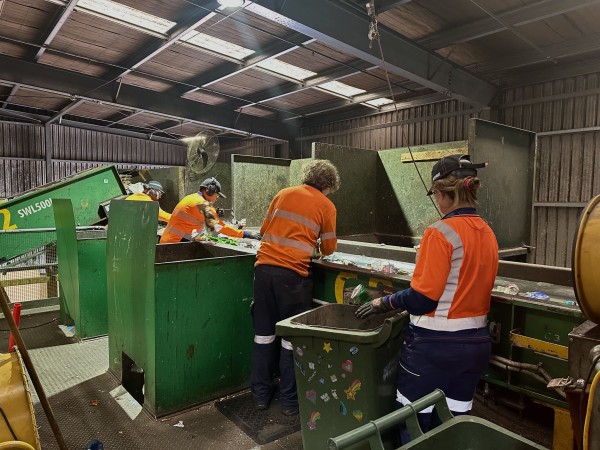
Every item dropped in yellow bins across Queenstown is looked over by the team at the Wakatipu Recycling Centre.
From here it's sorted, then scrunched into distinct different piles, and, if its recyclable, it's bailed and transported off elsewhere in New Zealand or offshore:
- Plastics 2 and 5 go to Christchurch, and the majority are turned into drain pipes
- Plastic 1 goes to Pact in Wellington to become food storage plastics
- Cardboard goes off to Malaysia to be turned back into paper
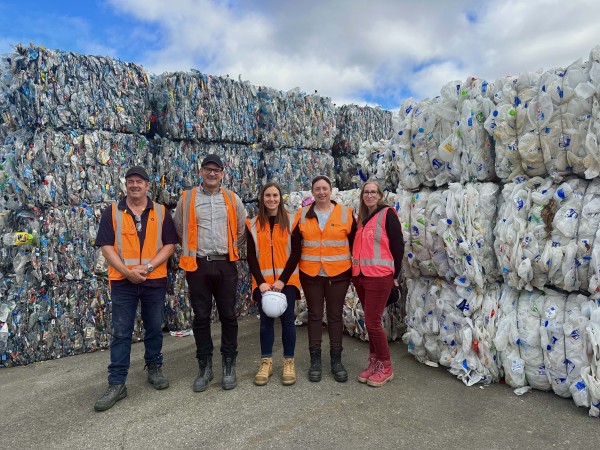
Plastics bailed and ready to send off, infront of it, the key players in the district's recycling (from left to right): Waste manager advisor Rod Jarvis, branch manager Mathew Saunders, QLDC senior sustainability advisor Kath Buttar, QLDC solid waste contracts manager Laura Gledhill and Wastebusters communications manager Ruth Blunt.
The team notes the Queenstown Lakes district is in a tricky spot for recycling, being a significant distance from any sea ports and New Zealand's city centres, so all the bales are transported by truck and trailer, which take about 30 bales at once.
According to the team, the facility, right next to the Frankton Transfer Station, is in need of an upgrade, and the nine to 11 tonnes it receives per day is close to its capacity.
They say in the future an upgrade to a larger site will be needed.
The building was commissioned in 2008, and Ms Gledhill says much newer technology has been invented since then, including more automated systems and robotic arms.
When asked how much a new centre could cost, "how long is a piece of a string?", was the reply from waste manager advisor Rod Jarvis.





